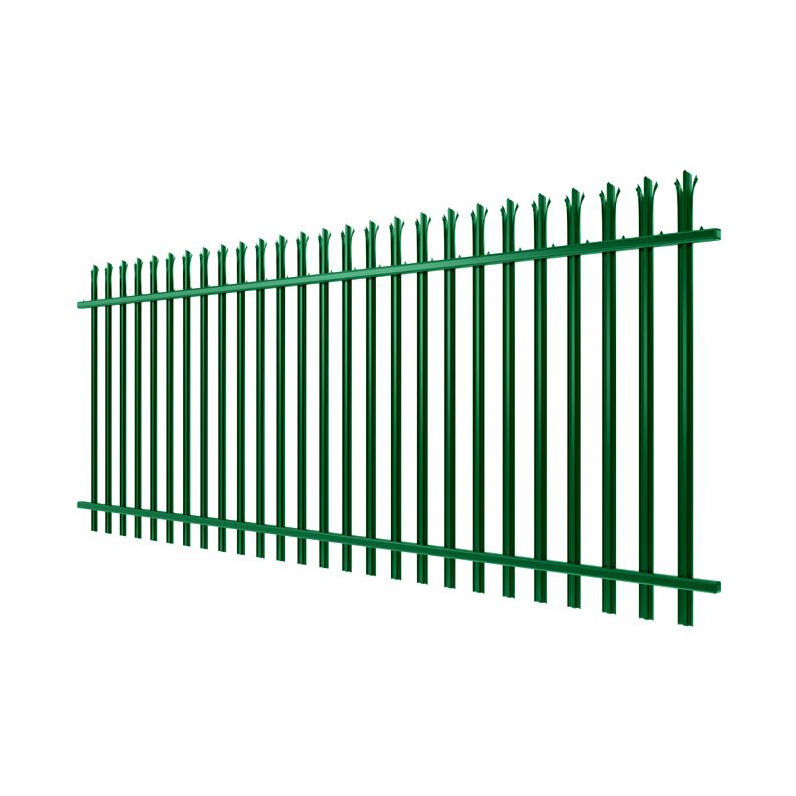Grounding Temporary Electric Fences An Essential Guide
Electric fences have become a common solution in various agricultural and security applications, offering both effectiveness and flexibility. However, one of the most critical aspects of maintaining a functional electric fence is ensuring proper grounding. Grounding a temporary electric fence isn’t just a technical requirement; it’s vital for the safety of both animals and humans, as well as the efficiency of the fencing system.
Understanding Electric Fencing
An electric fence operates by delivering a short, sharp pulse of electricity through wire that encloses an area. These pulses are designed to deter animals from crossing into prohibited zones. While this can be incredibly effective, especially in controlling livestock or securing properties, the effectiveness largely hinges on proper installation and maintenance, particularly the grounding system.
Why Grounding is Important
Grounding serves several critical functions in an electric fence system
1. Safety Grounding minimizes the risk of electrical shock to animals and humans. A well-grounded system ensures that electricity stays contained within the fence. When an animal touches the wire and the ground simultaneously, it completes the circuit, and the shock is delivered. Proper grounding will ensure this flow is directed safely.
2. System Efficiency If an electric fence is not grounded effectively, it may not deliver the intended shock. High resistance in the ground can impede the flow of electricity, rendering the fence ineffective against escapees or intruders.
3. Equipment Protection A correctly grounded fence can protect the energizer and fencing from damage due to lightning strikes or power surges. It helps dissipate excess electrical energy safely into the ground.
Grounding Methods for Temporary Electric Fences
grounding temporary electric fence

When setting up a temporary electric fence, follow these guidelines for effective grounding
1. Ground Rod Installation Use at least one ground rod, typically made of galvanized steel or copper to prevent rusting and corrosion. The length of the rod should ideally be 6 to 8 feet. Drive the rod vertically into the ground, ensuring it is deep enough to reach moist soil, which improves conductivity.
2. Multiple Ground Rods For large areas or particularly dry regions, using multiple grounded rods spaced about 10 feet apart can enhance grounding effectiveness. The additional rods further reduce resistance.
3. Connecting to the Energizer Use a quality grounding wire, ideally one that is insulated to prevent accidental contact with other wires or grounding structures. Ensure that the ground wire connects securely to the energizer, and avoid any sharp bends or kinks that might impede the current.
4. Regular Maintenance Check the grounding setup regularly, especially after adverse weather conditions. Inspect the ground rods for corrosion, and ensure they maintain good soil contact. Clean connections to prevent resistance buildup.
Troubleshooting Grounding Issues
If your electric fence isn’t performing as expected, grounding issues may be to blame. To troubleshoot
- Test the Voltage Use a voltmeter to check the voltage at various points of the fence, particularly near the grounding rods. Low voltage readings may indicate poor grounding. - Inspect for Breaks Look for any breaks or severe wear in the grounding wire, which could impair conductivity. - Soil Conditions Consider the soil moisture levels. Areas with dry or rocky soil may require additional grounding solutions, such as using grounding plates rather than rods.
Conclusion
Grounding is a fundamental aspect of operating a temporary electric fence effectively. By ensuring proper grounding, you can maximize the fence’s effectiveness, protect your animals and property, and safeguard your equipment. Regular maintenance and adherence to best practices will ensure that your electric fencing system remains safe and functional for years to come.
-
Turn Down the Noise: The Future of Highway Sound Barriers
NewsApr.09,2025
-
Silence the Sound: The Power of Highway Noise Barriers
NewsApr.09,2025
-
Reduce Road Noise Effectively with Highway Noise Barriers
NewsApr.09,2025
-
Noise-Free Living: How Highway Barriers Make a Difference
NewsApr.09,2025
-
Engineered for Silence: Highway Noise Barriers for Every Road
NewsApr.09,2025
-
Effective Noise Control: Highway Barriers for a Quieter Tomorrow
NewsApr.09,2025
Subscribe now!
Stay up to date with the latest on Fry Steeland industry news.

